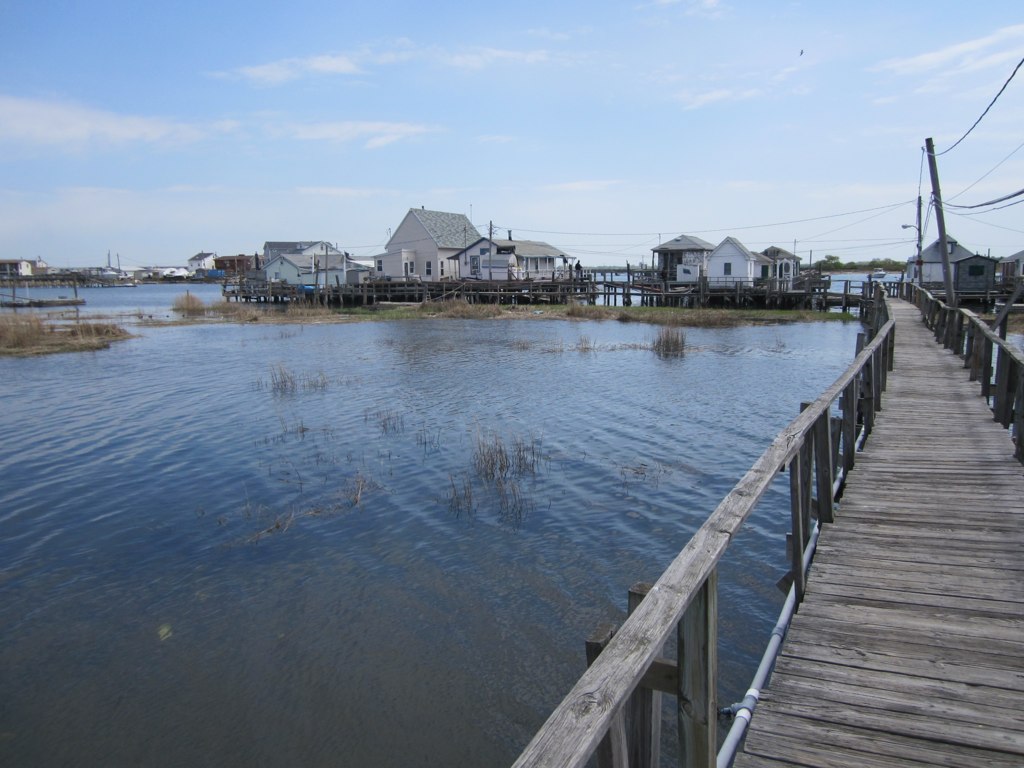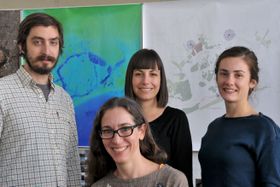
Hurricane Sandy devastated Jamaica Bay and the surrounding area, causing flooding to wreak havoc on neighborhoods near the waterway. File Photos
A little more than a year after Hurricane Sandy hit Jamaica Bay – and the surrounding area – incredibly hard, the City College of New York has landed a $250,000 Rockefeller Foundation grant that will allow it to develop design strategies and improve resiliency in coastal zones subject to flooding. The CCNY project will particularly focus on crafting proposals for Jamaica Bay, a 10,000 acre nature preserve straddling Queens and Brooklyn.
The research conducted by the college will help to supplement the U.S. Army Corps of Engineers’ North Atlantic Coast Comprehensive Study to examine risk reduction strategies for vulnerable coastal communities. Catherine Seavitt, an associate professor of landscape architecture at the City College’s Spitzer School of Architecture, is the principal investigator on the grant.
“As sea levels rise and the risk of storm surge and flooding from hurricanes and other storms increase, the vast scale of Jamaica Bay allows this region of the city to be recast and restructured as an impactful ecological, infrastructural and community asset that can ehnhance the region’s resiliency,” said Nordenson, whose research focuses on design adaption to sea level rise in urban coastal environments and rethinking landscape restoration strategies to adapt to climate change.
When Hurricane Sandy hit the city at the end of October last year, it severely impacted Jamaica Bay and the surrounding areas, including much of South Queens and the Rockaway Peninsula. While the area’s natural wetlands and beaches provided some protection against the storm surge – which rose to as high as 12 feet in Howard Beach and 16 feet in other areas of the city – urban development had compromised the region’s protective capacity. Consequently, environmentalists have stressed that the bay needs new management strategies to contain the loss of fragile marsh islands and nourish the sediment-starved bay.
Princeton University is coordinating the multi-university effort with a planning and engineering team. The City College grant, which will provide $250,000 over 14 months, will be developed in three phases, each concluding with an interim review from City College peers, other CUNY institutions, and various invited guests.

A $250,000 grant will allow a team from CUNY to study how to better mitigate flooding around Jamaica Bay.
In addition, Princeton will organize public workshops that will include representatives from the other institutions receiving Rockefeller grants – University of Pennsylvania, Harvard University and Princeton – and a panel of expert advisors.
At the end of each phase, the City College team will produce a report with a narrative and documentation of that phase’s research, studies, analyses, maps, and resilient design proposals. The final phase will conclude with the preparation of a final summary report and public exhibition.
Jamaica Bay has also become a testing ground for how to best mitigate the effects of storms and rising sea levels as part of another initiative: the recently created Jamaica Bay Science and Resilience Institute.
Announced by Mayor Bloomberg, U.S. Housing and Urban Development Secretary Shaun Donovan, and U.S. Secretary of the Interior Sally Jewell in the Rockaways in August, the institute has become home to an ambitious team of scientists from the City University of New York, as well as other leading scholars, who are integrating research from across the natural and social sciences and draw upon the studies of climate science, engineering and sustainability to create a program to revitalize and restore Jamaica Bay.

Professor Catherine Seavitt Nordenson, front, with members of her research team: Eli Sands, left, Danae Alessi, and Kjirsten Alexander. Photo Courtesy CUNY
Donovan has stressed that research at Jamaica Bay will help to prepare communities “for impacts of climate change and help them build in a way that makes them stronger, more economically competitive and better able to withstand future storms.”
To follow Nordenson and her team, visit their blog at http://microbenthos.tumblr.com.
